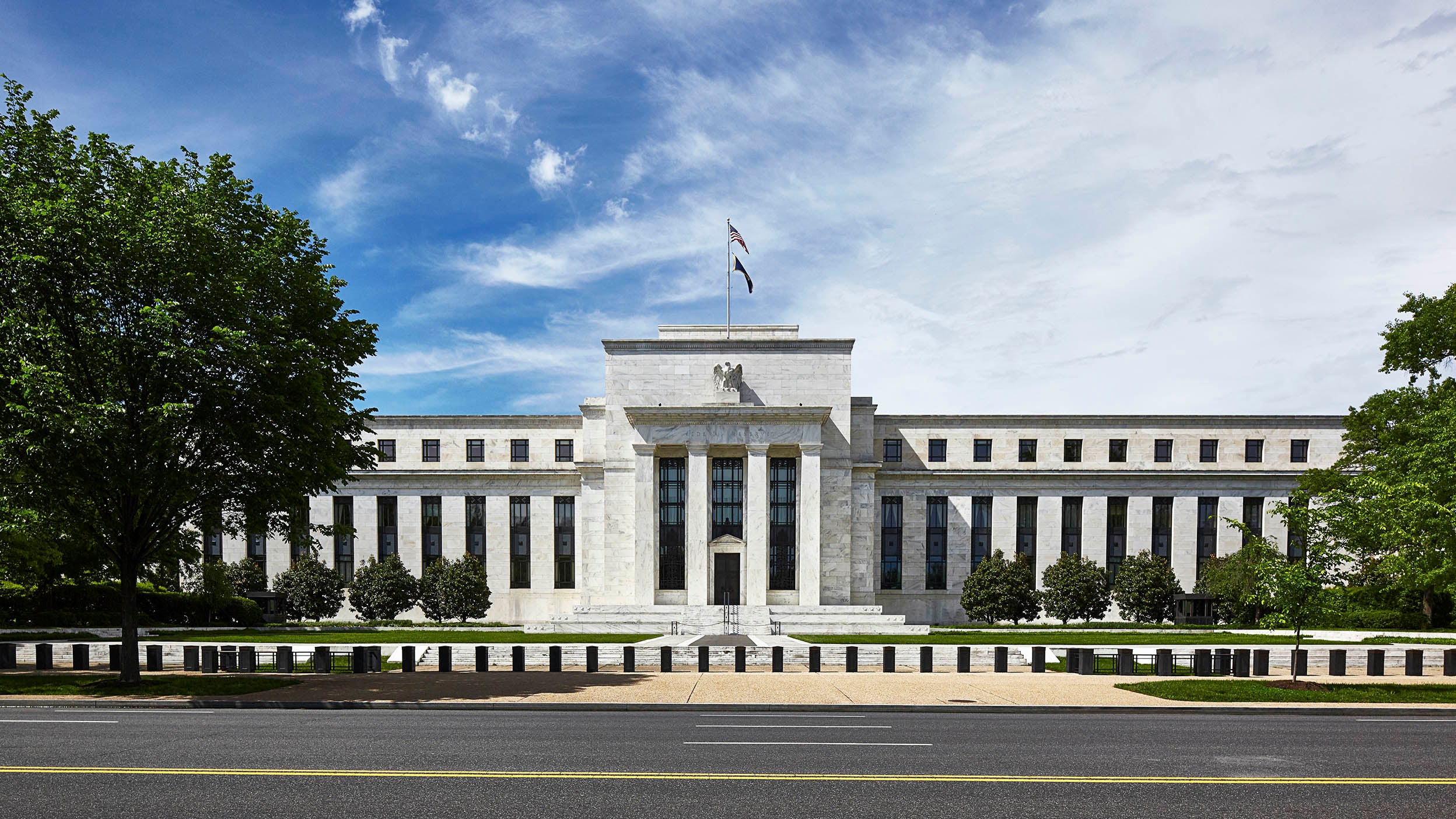
Alternatives SteelPath commentary on the midstream energy infrastructure industry
Get monthly insight from the Invesco SteelPath team on midstream industry happenings, including performance, news, and a chart of the month.
Insights on investing implications, market movements, and structural changes in a shifting world.

Get monthly insight from the Invesco SteelPath team on midstream industry happenings, including performance, news, and a chart of the month.

With stabilizing property values, rebounding transactions, and significant loan maturities, now may be the time to consider private real estate lending.

Get expert insight on what’s happening in the muni market and munis by the numbers, a quick look at the key data points, in the latest edition.

If the economy reaccelerates and the Federal Reserve continues cutting interest rates, we believe value stocks could be poised for a resurgence.

Here’s a quick recap and analysis of the latest Federal Open Market Committee meeting and what it may mean for liquidity investors.

Investors seeking potential income and risk-adjusted performance may want to consider private real estate credit.

Learn more about private markets, how they’ve evolved overtime, and reasons to invest in private markets

With a solid overall credit health, attractive valuations, and near-historic high yields, our muni Chief Investment Officer makes a case for munis.

We believe global equities may continue to rise in the new year, and we expect new opportunities to be unlocked as market leadership evolves.
Get straightforward insight from our market and economic experts on what investors need to know about soft landings, inflation, the economy, government debt, election season, and more.
Fresh perspectives on economic trends and events impacting the global markets.
Our latest thinking on opportunities and potential ways to use ETFs in a portfolio.
Learn about investing in ETFs, including the basics, benefits, and choosing one.
Candid conversations with fund managers, market strategists, and more.
AEM719/ AEM731
This link takes you to a site not affiliated with Invesco. The site is for informational purposes only. Invesco does not guarantee nor take any responsibility for any of the content.